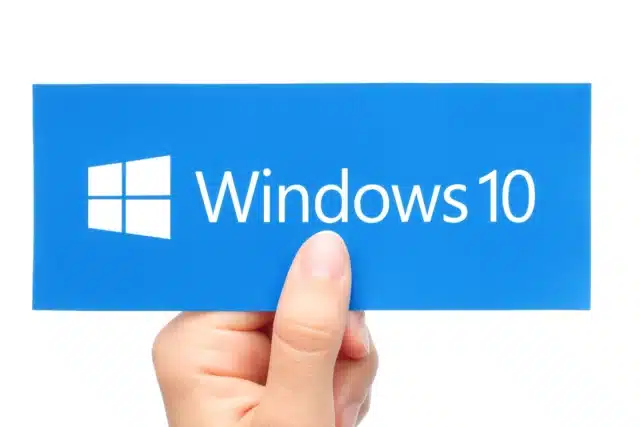Microsoft brings new features to Windows 10 with KB5039211 update

Microsoft is far from giving up on Windows 10 or abandoning its users. With the release of the KB5039211 update, the company has not only fixed issues such as the lsass.exe memory leak, but is also bringing new features to the aging operating system.
The Snipping Tool receives a major update that will please Android users. The KB5039211 update also addresses a number of security problems with Windows 10, but a number of known issues remain.
See also:
- Microsoft has quietly withdrawn Windows 11 24H2 after Recall privacy fiasco
- Windows 10 may be in its death throes, but Microsoft has reopened beta testing
- Microsoft is making it possible to access your smartphone from File Explorer in Windows 11
For those who are on the ball, many of the changes and fixes introduced by the KB5039211 update will have already been seen. They were included in last month's KB5037849 preview update.
The most notable changes between the KB5037849 and KB5039211 updates is the addition of security fixes, and patches for a pair of lsass.exe problems, specifically:
- This update addresses an issue that affects lsass.exe. It stops responding. This occurs after you install the April 2024 security updates on Windows servers.
- This update addresses an issue that affects lsass.exe. It leaks memory. This occurs during a Local Security Authority (Domain Policy) Remote Protocol (LSARPC) call.
The Snipping Tool update is significant, and Microsoft describes the changes as follows:
This update adds a new Snipping Tool feature. The feature is available when you link your Android mobile device to your PC. When you take a photo or screenshot on your Android device, a dialog on your PC prompts you to open Snipping Tool. To turn on this experience, go to Settings > Mobile devices. Choose to allow your PC to access your mobile devices and select Manage devices. Your PC will get a Cross Device Experience Host update in Microsoft Store. You need this for the feature to work. Finally, use the Add device option to link your Android phone.
The company points out that "this feature might not be available to all users because it will roll out gradually".
Other changes with this update include:
- This update addresses an issue that displays a hidden window. Its title bar has no content and no client area. This occurs when you share your screen using certain apps.
- This update addresses an issue that affects the Share button on USB controllers. It might not work with Game Bar.
- This update addresses an issue that affects a Microsoft Entra ID account. Devices cannot authenticate a second one. This occurs after you install the Windows update, dated November 13, 2023.
- This update addresses an issue that affects a server after you remove it from a domain. The Get-LocalGroupMember cmdlet returns an exception. This occurs if the local groups contain domain members.
- This update addresses an issue that affects a Windows Presentation Foundation (WPF) app. It stops responding.
- This update addresses an issue that affects an IPP-over-USB printer. After you delete it, it still appears as not available in Control Panel.
- This update addresses an issue that affects TWAIN drivers. They might stop responding when you use them in a virtual environment.
- This update brings Country and Operator Settings Asset (COSA) profiles up to date for certain mobile operators.
- This update addresses an issue that affects Unified Write Filter (UWF) Windows Management Instrumentation (WMI) API calls. Calls to shut down or restart the system throw an access denied exception.
But for all of the fixes, there are plenty of problems that Microsoft acknowledges but is yet to fix -- such as Copilot not working with a vertically aligned taskbar.
Full details are available here.
Image credit: rozelt / depositphotos
